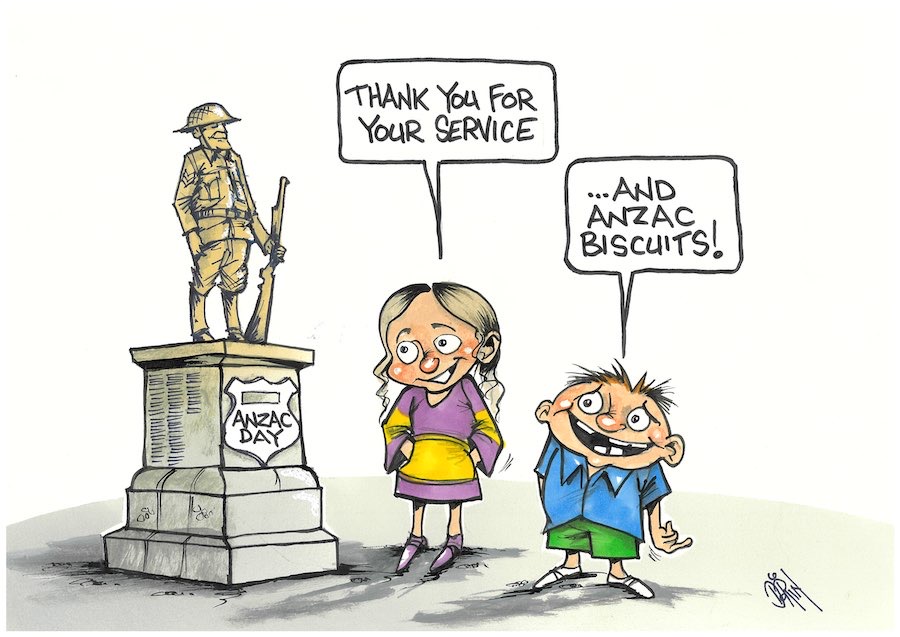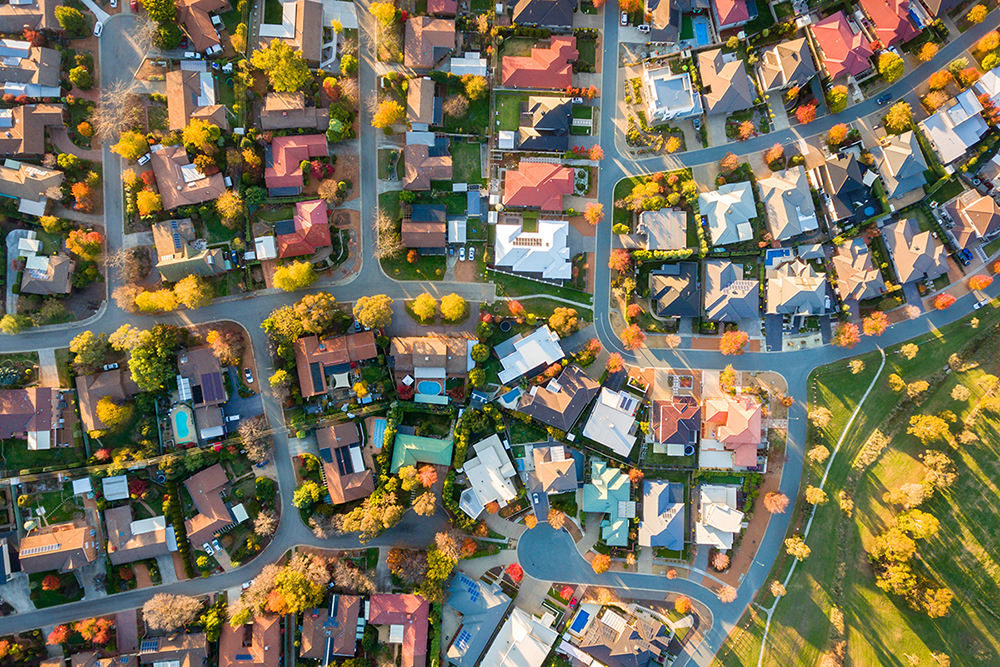CRIS BRACK, co-author of a report that informed the ACT government’s recent announcement of tree species selected for suburban planting, says we shouldn’t fear firestorms from urban trees.
PHOTOGRAPHS of native forests in NSW and Queensland on fire, with awful images of fires crowning in native eucalypt trees, are dominating our news this month.

Fires that reach into the crown of tall eucalypts are very destructive and terrify fire fighters and others who come face to face with them. The impact of these burning native forests has been so great that some people have developed an opinion that trees should be banned from being planted in cities.
Paul Costigan’s “Canberra Matters” column (CN, November 12) for example, criticised the ACT government and Minister Shane Rattenbury specifically, for including eucalypts in the list of species that could be planted within the urban areas of Canberra.
Mr Costigan suggested that the possible impact of climate change on fire weather had been forgotten in the decisions about selecting trees to plant. As a co-author of the study that Minister Rattenbury relied upon in his decision-making, I am happy to state that all aspects of climate change, including the potential for fires threatening the city, were considered.
There is no doubt that an increasingly harsh climate can make fires in natural forests harder to control and more dangerous. There is also no doubt that increasing the canopy cover of trees in urban environments is increasingly important for health and climate extreme mitigation. Having access to a diversity of species that are likely to survive our increasingly harsh climate enables planters to choose trees to meet specific circumstances and optimise local values and ecosystem services. Eucalypts as a whole are resilient and the 700+ species occupy a wide range of harsh environments and produce a wide range of goods and services. To ignore them all because some trees burn would be a poor decision for Canberra.
Fires need more than just extreme weather conditions to reach a tree’s crown. Specifically, a fire needs a minimum quantity of dry and fine material on or near the ground (called fine fuel) and a “ladder” (via shrubs and mid-story plants) up into the canopy. These conditions apply in natural forests, and indeed the management of these fine fuels is one of the most important fire-mitigation exercises in native forests.
Hazard reduction burning, grazing and more recently even harvesting the fuel for biochar, can be used to reduce the fine fuel levels in native forests below the level where any fire, yet alone a crown fire, is likely.
Climate change has been reducing the opportunities for hazard reduction burning as the fire season expands. However, the ACT government is still managing fuel in “asset protection” zones outside the urban area to help ensure fires from the surrounding native forests do not enter the urban zones. Research has concluded that managing the fuel quantity and its distribution within about 40-50 metres of residences is the most important factor in protecting houses from catastrophic native forest fires.
These adverse fuel and ladder conditions do not occur in the streetscapes and mown parks that are the destination of the trees recommended in our report.
Street trees are pruned for visibility and to allow free movement of pedestrians and trucks, which removes any potential fire ladder. The street verges and mown parks are maintained by residents and government to minimise the dry grasses or dead sticks and twigs to levels well below that required to carry a crown fire.
Thus, within the urban area, it is very unlikely that conditions could allow the development of a crown fire regardless of which species was planted from the recommended list. Nevertheless, some of the species that were generally appropriate for urban planting were excluded from lists that related to asset protection zones or other potential hazardous public areas.
Our species planting study also recommends a number of features to further minimise fire and other threats. We recommended that no more than 5 per cent of the planted trees should be any single species.
As well as making the forest more resilient to insect or pest attack, the species diversity will also lead to a diversity of tree canopy conditions.
Fire cannot “leap from crown to crown” when these crowns are not touching or are discontinuous. While it is true that “eucalypts” do make up a lot of the forests in Australia and, indeed, the forests currently burning in NSW and Queensland, there are more than 700 species of “eucalypt” with very different crowns, bark and leaf type.
Contrary to Mr Costigan’s claims, these 700 species also have different levels of resistance to fire and are not “mostly highly flammable”. Our report recommends only 17 eucalyptus species in the top 50, and even half that number is removed for asset-protection zones.
Of course, only recommending species that are mostly likely to be growing and alive in the harsher weather also means that our streets and parks will not be populated with dead trees. Fires have to drive the water out of living wood before it can burn, which is why putting “green” wood on a fire can actually put that fire out.
Trees – even eucalypts – in mown streets and parks, are not a significant fire hazard in Canberra’s urban areas despite the dramatic and horrific fires that burn through natural forests. The benefits of having living trees in our urban surroundings – including improved mental health, biodiversity, reductions in crime, better air quality and mitigation of climate extremes – far outweigh the costs.
Cris Brack is an associate professor at the ANU’s Fenner School of Environment & Society.
Who can be trusted?
In a world of spin and confusion, there’s never been a more important time to support independent journalism in Canberra.
If you trust our work online and want to enforce the power of independent voices, I invite you to make a small contribution.
Every dollar of support is invested back into our journalism to help keep citynews.com.au strong and free.
Thank you,
Ian Meikle, editor





Leave a Reply